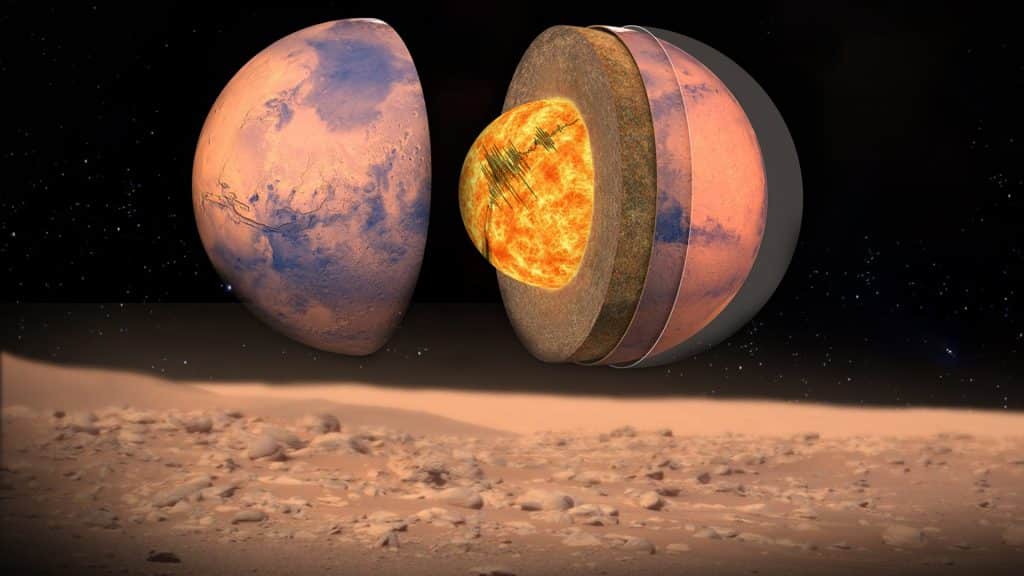
For the first time, an international equipment of scientists observed a series of seismic waves going through the core of Mars, according to the enabled NASA’s InSight “Lander”.
The authors have used the seismic and acoustic data registered by the NASA’s InSight “Lander”, which was operational on the Martian surface since 2018 until last December whose data is still being investigated.
The results of the research were published in the Proceedings of the National Academy of Sciences, and provides a better understanding of how the red planet originated and how it differs geologically from ours.
Read more: Several dead in Kenya after a hunger sect
Vedran Lekic, an associate professor of geology at the University of Maryland in the United States, and a co-author of the study, has said that after observing the core of the Earth for the very first time in 1906 the seismic waves affected the core, similar to what is done on the red planet.
Lekic has also added that they are finally discovering “what is in the center of Mars and what makes it be so similar and at the same time so different from our planet”.
«Mars’ Core is Smaller and Denser Than Previously Estimated, Study Finds»
The new results indicate that Mars most likely has a completely liquid core, unlike Earth, which combines a liquid outer core and a solid inner core.
So, this discovery revealed that the core of the red planet is smaller and denser than previously estimated, and it is composed of a completely liquid iron alloy with high percentages of sulfur and oxygen.
More about: WhatsApp in four devices at the same time
As a final result of the process of evolution and formation, is that this discovery could give us a rise to favorable conditions for life in the red planet.
On the other hand, “the core of Mars does not generate a protective shield, with which the conditions on the planet’s surface are hostile to life, explains Nicholas Schmerr, a professor of geology at the University of Maryland.





